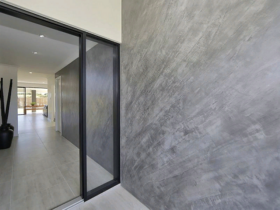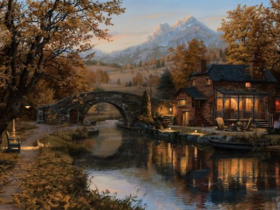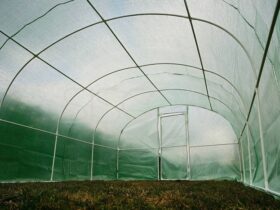When we mentally turn to childhood, probably, many people have approximately such a picture in imagination: all relatives and beloved people gathered at the orange lampshade at the orange lampshade.
But the main thing here is not a color, but a lampshade, it is it that is associated with home comfort. But the lampshade is not newfangled, but that, from Soviet times, a traditional form. You can install a LED track lamp or diversify your interior with an lampshade.
Where to get it? If you look in the attic, in the barn or in the pantry, you can find a metal frame from it. So let’s sew the “outfit” to him, but not from fabric, but from leather. By the way, there is also a chance of finding a stand from an old table lamp, which after restoration work (washing, cleaning, etc.P.) will return to the performance of the usual duties.
Obazhura frame we will cover with artificial skin. We think that finding her is not a problem: you can use the old one or buy a new one (it is inexpensive).
Since its base is knitted, there is no need to make a lining. The frame consists of 9 wedges. Three of them are a decorative grate that not only decorates, but also serves for ventilation. These parts can be made of skin of a different color. The remaining 6 wedges — with a drawing in the form of a bow.
For work, you will need: artificial skin for lampshades; Small pieces of skin for finishing, it would be nice with a shiny surface so that the lamp looks more impressive; thin strips of genuine leather with a width of 0.3-0.5 cm to make gratings on ventilation holes and long strips of artificial leather with a width of 1 cm; beads, beads and metallized thread to sew applications.
If the interior of your house dictates another color scheme, then all the elements should be selected in the corresponding color.
OPERATING PROCEDURE
For patterns, we cut 3 wedges of the same color, 6 — another, and also prepare the details of the finish. Cut the parts without allowances for the seams.
First we collect 6 wedges without ventilation holes. Focusing on the drawing, tune with lurex or brilliant silk thread of the bows and decorative curls to the edge. Now, on the remaining 3 wedges, we cut holes for ventilation, evenly applying 5 strips of genuine leather on the front side of the front side and 5 on the left. Their ends should go beyond the hole by 0.5-0.8 cm. We attach the strips along the edge of the hole, weave them (see. rice. 1) to make a grate, the free edges of which are attached to the edges of the hole.
Gently cover them with leather stripes (applique) and add to the edge. The bottom of the ventilation hole is decorated with curls, and under them we sew a bow.
Now we sew all the wedges in the following sequence: one wedge with a hole, two with a bow. We leave the last seam open. We put the stitched wedges to the frame of the lampshade, pull them and try on where and what the last seam should be so that the wedges “sit” on the frame in the tightness. Remove the lampshade and make a seam on the marks. We put on the resulting lampshade on the frame and fix it along the upper and lower edges. We sew on each bass to each $, and around us the beads. We attach transparent beads, crystal pendants, beads, glassarus, fringe, and T.P.
The upper hole and the lower edge of the lampshade are decorated with a leather braid, which is easy to do.
If you have a frame from an lampshade of a different shape, then, carefully measuring it, it is easy to make the patterns you need in your case. And the idea and technology of work we proposed is very good for you.











Оставить коммент.